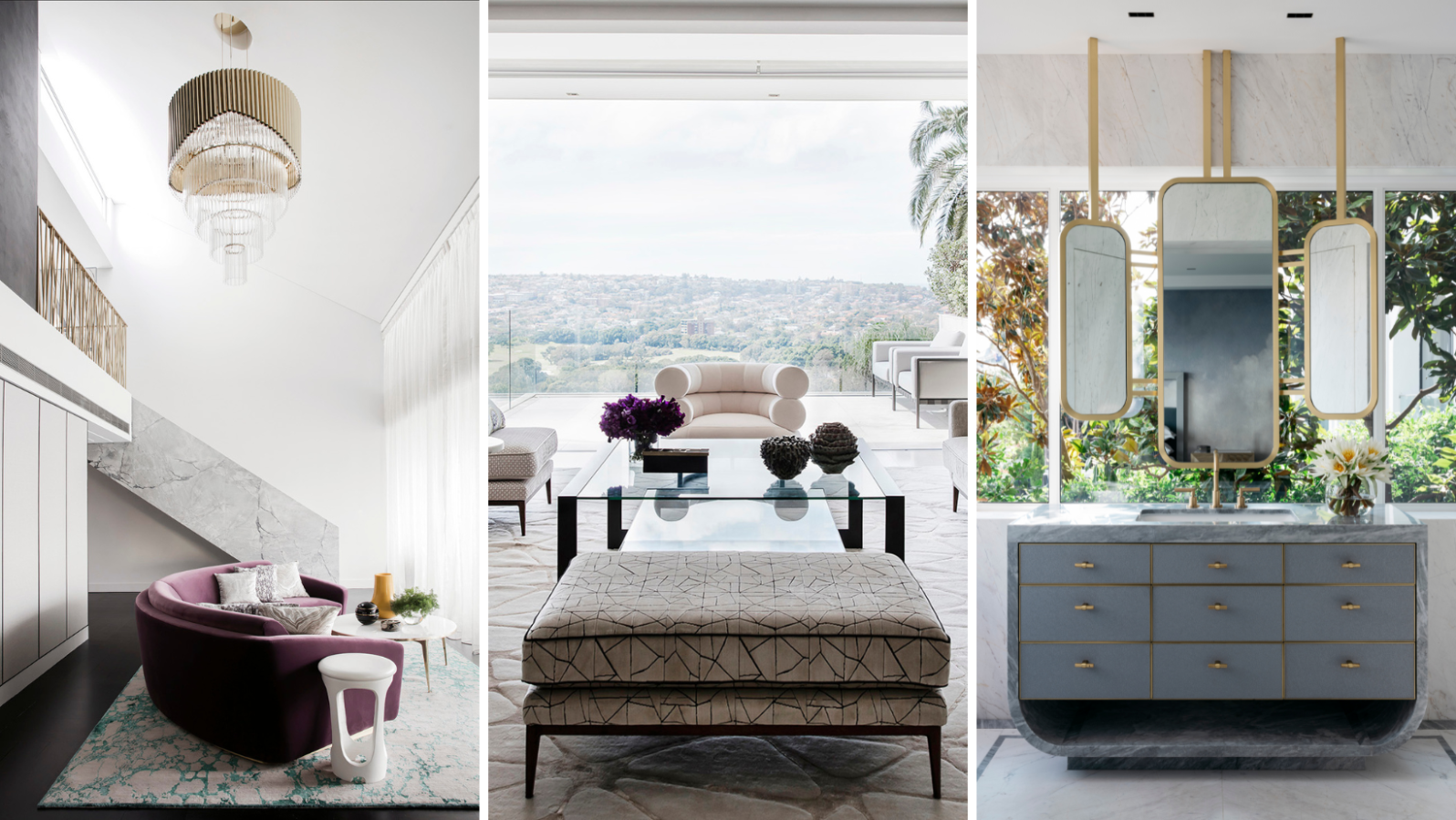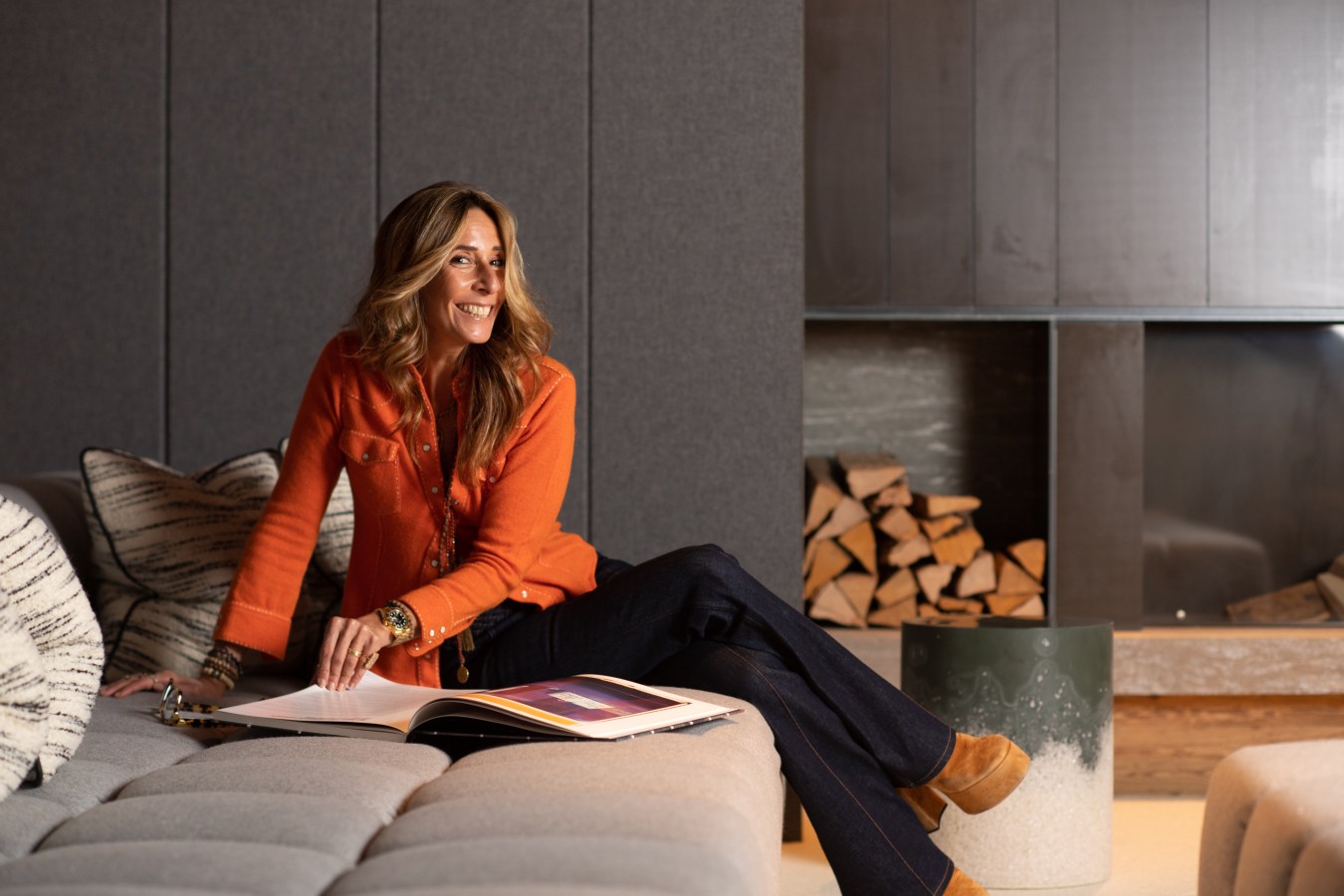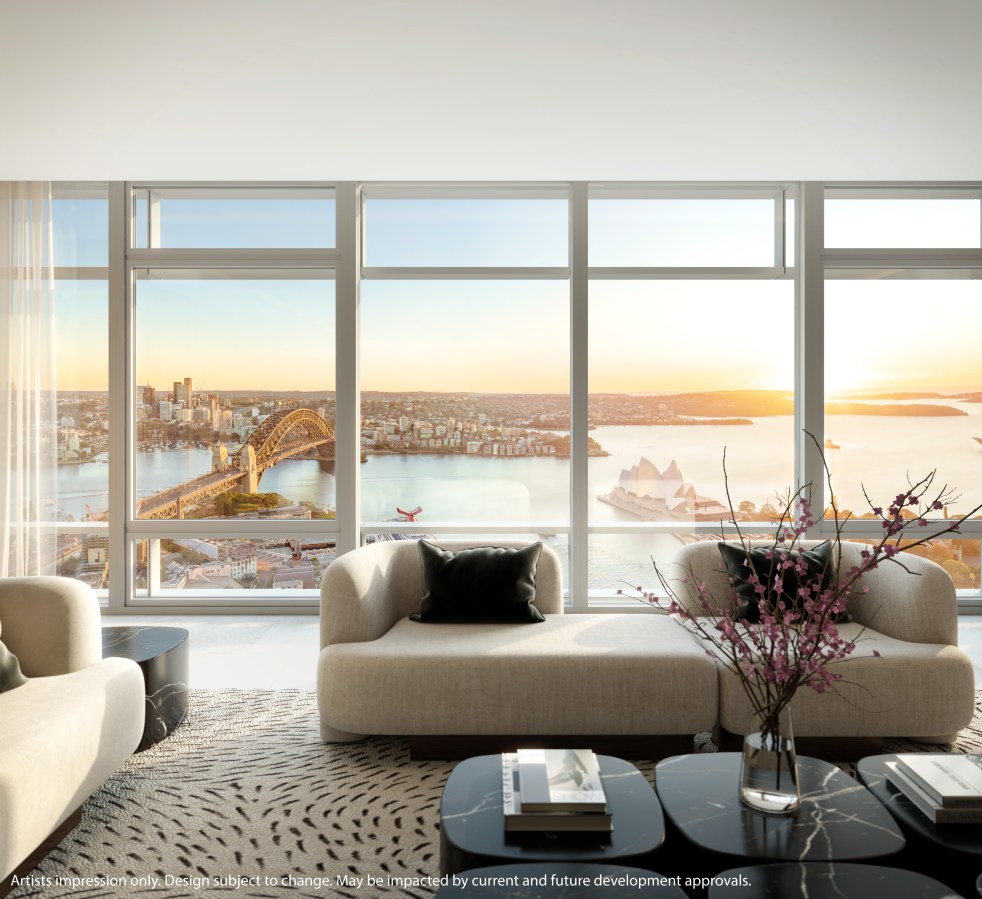Blainey North has designed interiors and furniture for everyone from Nicole Kidman and Russell Crowe, to the Packer family, the Pratts and Kerry Stokes. She even did the mirror over Shane Warne’s bed. Here she riffs on the special relationships required to bring out the best in her and her clients.
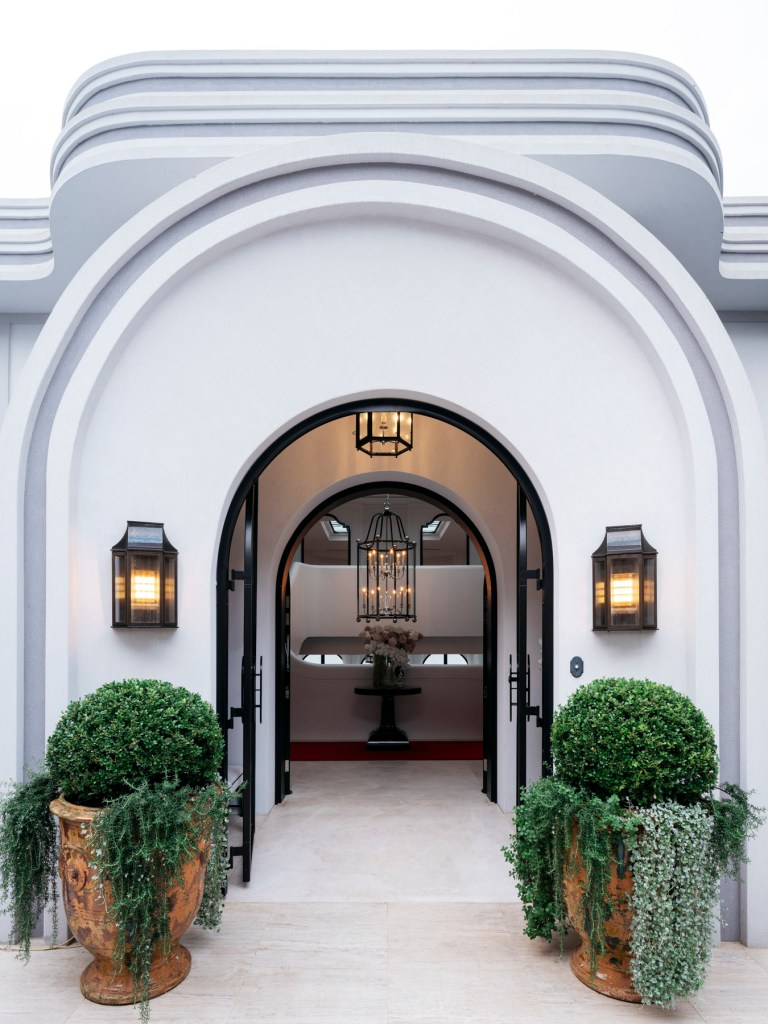
What’s the most beautiful thing ever designed?
What comes to mind is this amazing exhibition by (Icelandic-Danish artist) Olafur Eliasson. He created this room that I went to in London. It was all black with a very fine mist coming down, and as the light went on, it would create rainbows. And as people walked into this room, there was this beautiful feeling. Everyone was experiencing this very light rain and rainbows, and of course, the children would walk into it. Others started walking in, and there was a sense of wonderment on their faces and an unbelievable feeling of pure joy and happiness from this shared experience. It was one of the most beautiful things I’ve ever seen.
I spend all my life thinking about how people experience the world. That’s everything to me. It’s the first thing I ask a client: what do you want to feel when you come into this space? I want to be able to create that feeling for them.
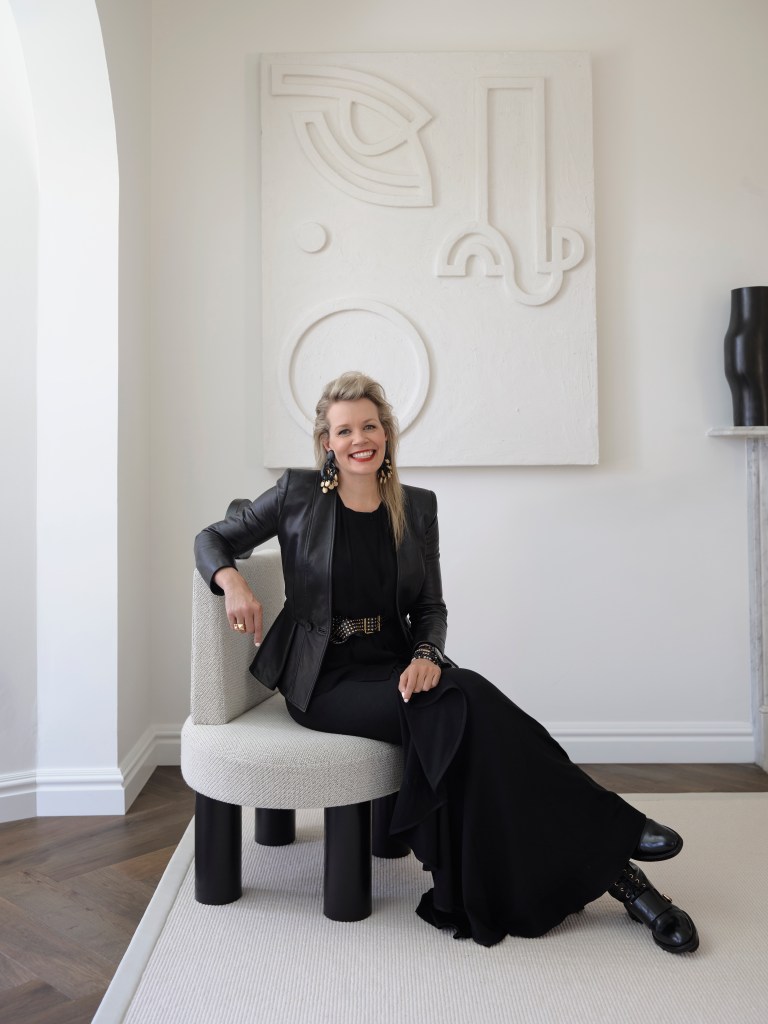
What inspired you to go into architecture?
In high school, I thought I wanted to be a barrister and do something with the environment. But after five years of high school, my art teachers said, ‘Have you thought about architecture because you’ve just drawn, photographed and painted buildings, stairs and bridges for six years, and everyone else has been doing people’s faces.’ So I went to a careers day at Sydney Uni and had one of those moments where you sit in the room and your whole body tingles, and you just have that feeling, like, ‘Oh my gosh, this is exactly what I’m meant to be doing.’ In that moment, it made sense of my life, in that my memories of my life, I have a very vivid memory of the spaces that I existed in. I can tell you about my childhood homes in great detail. It’s kind of how my brain remembers things.
It started to make sense of how I experience the world differently from other people. Now, a long time later, I’ve realised that I can visualise things in quite great detail in three dimensions. I thought everyone could do it, but now that I’ve worked for a long time in the industry and employed lots of people, I’ve realised that it’s an unusual ability.
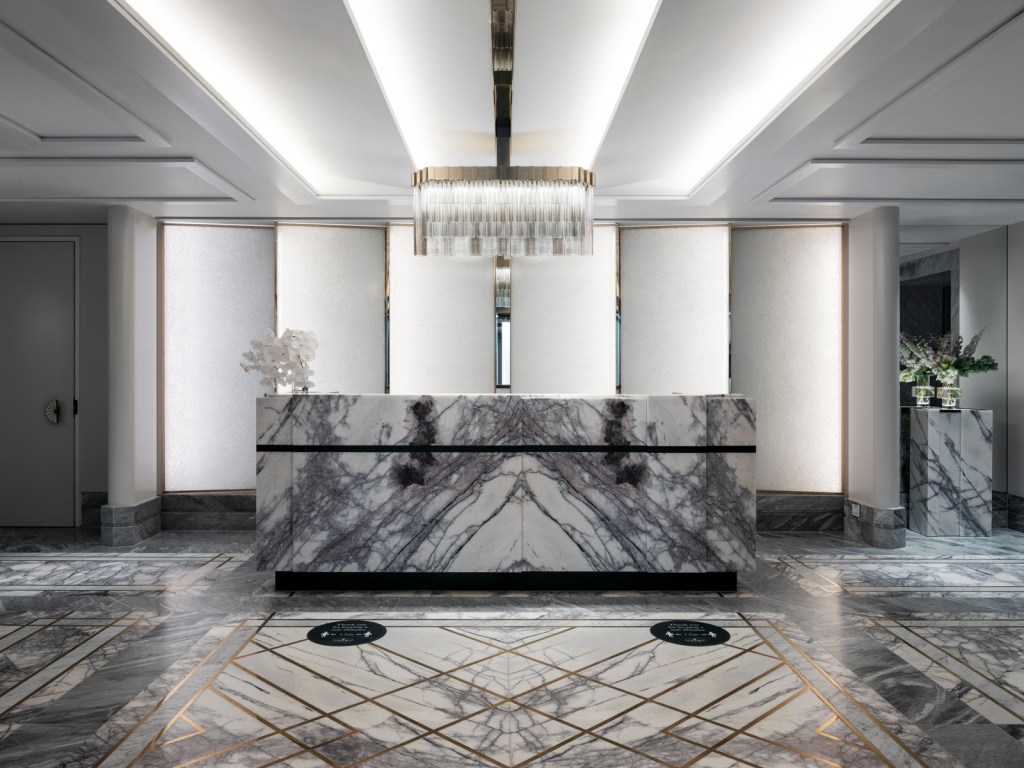
So of all the kids coming out of design school, why are you the one with studios in London, New York and Sydney?
I work harder than anyone I know. And I love working. I love coming in every day, working at night, and I’ve had amazing people come with me.
And in many practices, there might be two or three projects you do every year that are the ones you put in the magazine. You put in the extra hours and delivery, and you won’t make much money on them, but they’re the showpieces, and the rest of the projects are more bread and butter. I decided early on that every single project would be a magazine-worthy project. So that’s been great because it’s won us some amazing clients that we have had for over 10 years. You’re doing their businesses, their homes, their boats, and then they get another home, and you do the next home.
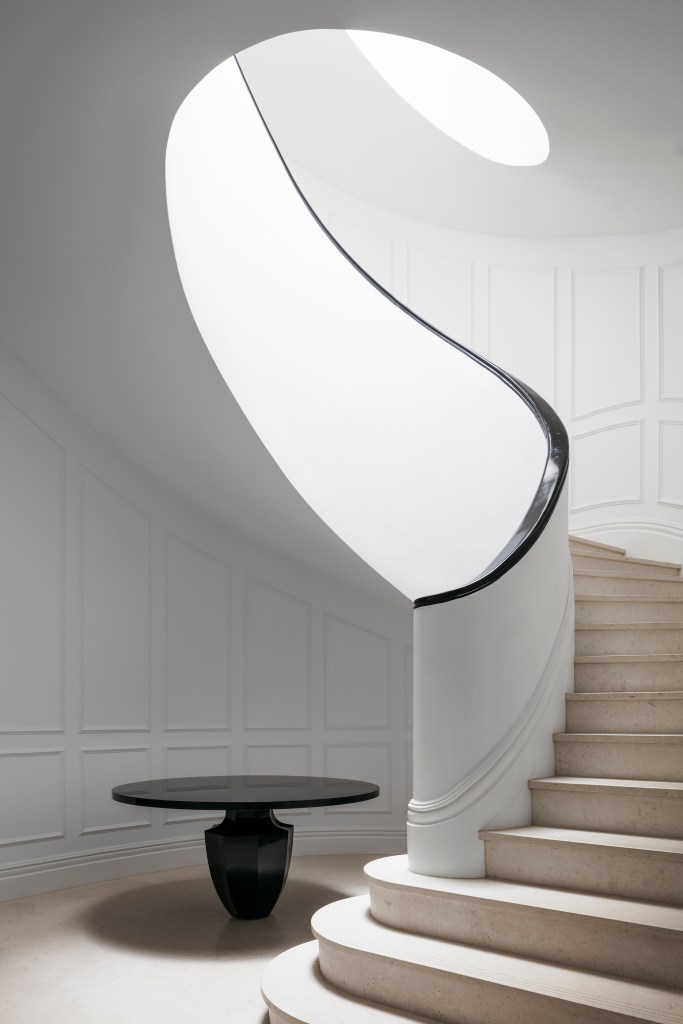
Who is your favourite type of client?
One of the things that I always request is that I have direct access to the client, which I love. Apart from anything, it is a fascinating thing to meet my clients. We’ve been lucky enough to have some fantastic properties we work on worldwide. And the people who own them are captains of their industry or whatever they do. They’re fascinating people that I learn so much from.
Do you ever not get that access?
Pretty much everyone says yes. But if you didn’t ask, you wouldn’t get it … You could Google a lot of our client base. The Packers have been one of my greatest clients. We’ve worked with them for over 15 years. We’ve worked with Russell Crowe, Nicole Kidman, the Pratts, and Alice Temperley, a fantastic fashion designer from London.
The best client is excited to work with you, and you’re eager to work with them – someone interested in building a long-term relationship where you’re working together for a long time and part of each other’s lives to build the spaces they inhabit. If you’re not someone with a design brain, it’s quite hard to articulate exactly what you want because you don’t know. You know maybe how you want to feel, what the practicalities of the space are and how you might like to use it. So I have to find out all the rest of it from the person.
“‘How do you want to feel when you walk in this space?’ That’s an intimate relationship. It’s somebody coming together with an artist to form something better than the individual parts.”
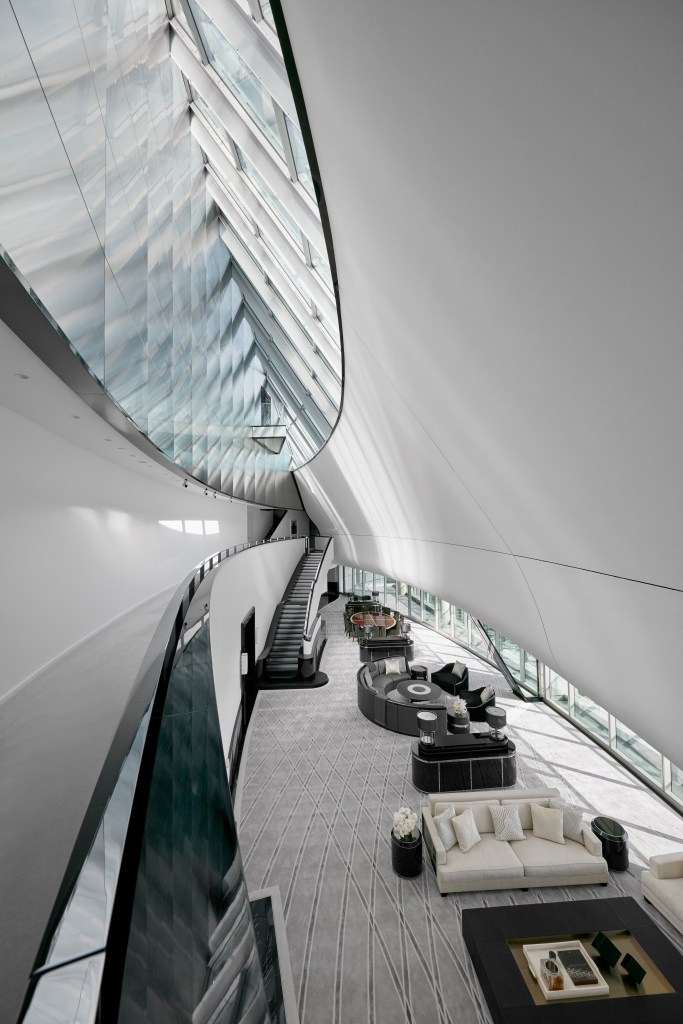
You graduated in architecture, but you’re known as an interiors person. Can you explain that flip?
I started my own business when I was still at university (University of Sydney). I was lucky to get a series of different projects, many of which were commercial building interiors. I loved going through the process of creation. You’ve got an idea in your head. You’ve drawn it up in great detail, chosen all the finishes, presented it to the client, and then you build it. It was a lot faster than architecture.
In the early days, we were building a house which, from quoting to completion, might be four or five years. In comparison, an interior could be built within six months to a year. And so you’re able to test your ideas and learn the crafts on-site much faster than what you might learn from a new construction project … I’m always in workshops, talking to the guy who’s putting rivets in. ‘How small can we go?’ ‘How big’s the jig?’
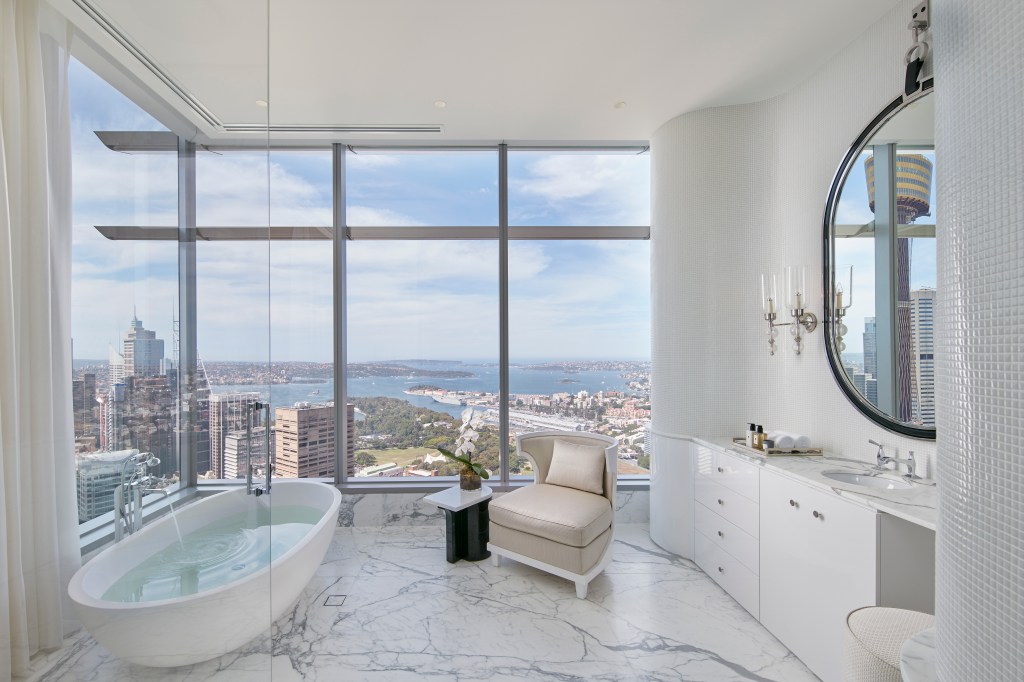
What is your living room like?
I feel strongly that the environment you spend most of your time in deeply affects you on many levels. I want to change my living room continually because I go through different phases where I feel that my house needs to be something different for me. When I had my daughter, I just wanted my house to be the calmest place in the world because it’s about nurturing that kid. I was working like a maniac, and I just needed to come home to the most peaceful place ever. So, it was in the palest, neutral, pastel tones. Everything was very, very, very quiet.
“Recently, I’ve been through a divorce and am celebrating a new emergence. And so I changed my living room to have a rug through the centre with a big angle in it. There are fuchsia colours, and it’s vibrant and feels like somewhere people come for fun.”
This is just through small changes. I like the idea that the furniture – the big pieces that cost money – like the counters in my living room and my coffee table have been there for 15 years, and they’ve been re-covered three times.
What’s the biggest mistake that you see in interior design? What gets up your nose?
What upsets me is when people design one wall and don’t consider the rest of the room, or they put in a series of miscellaneous objects that have no relationship but are all about what’s cool right now. I like the idea that at least most of what you’re doing will look good 20 years from now.
Where’s your happy place?
My happy place is designing. If I’m ever going through a time where I feel I need to get back to me somehow, the first thing I do is design. It’s like my soul. It’s intrinsically linked to who I am. As a place, I’ve always erred towards London … The history of the buildings is so fascinating to me. I like the idea that buildings are just spaces that house everything that comes and goes. We never really own them. They have lives.
I also love Italy. I yearn to be in the Mediterranean in the summer. With the humidity, the sea and the sky become one, and there’s no horizon. For me, that’s the most relaxing thing to look at – where it’s just one blurred thing but no straight plane. ‘Ah, I can rest’. I long for that.

